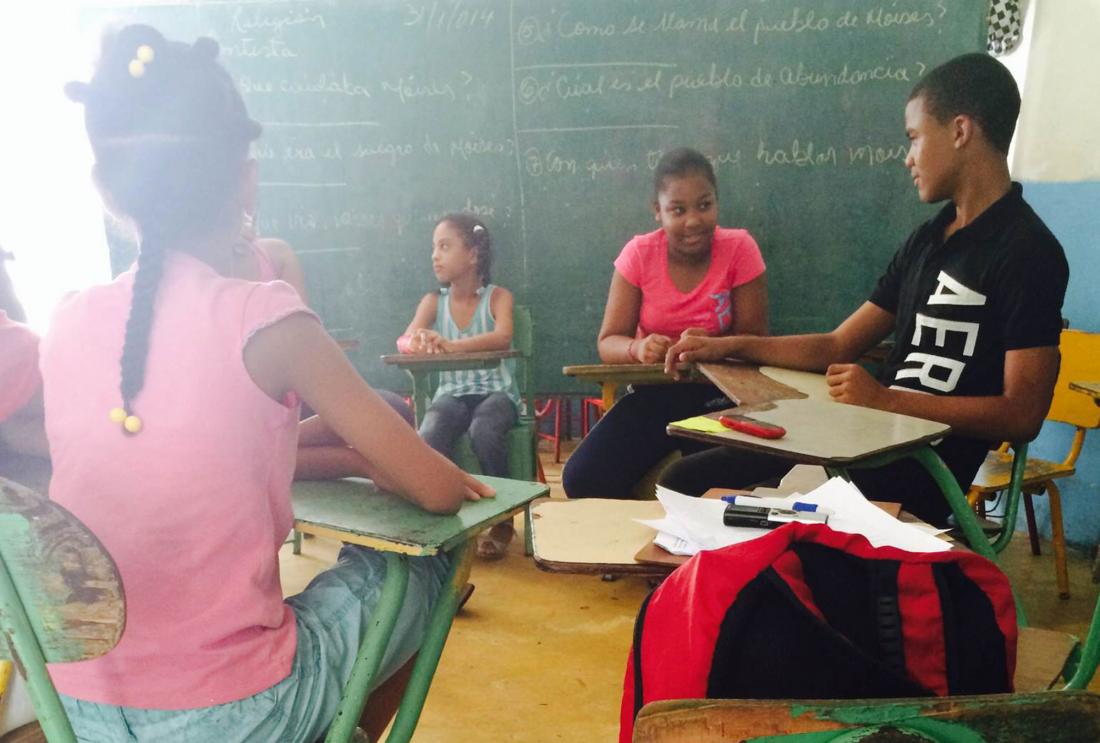Learning the Value of Education in the Dominican Republic
- Students
- Youth
- Enrollment and attendance
- Aspirations
- Information
Problema de política pública
How important are the returns to education in determining schooling decisions? Do students have accurate information about these returns when they choose whether to continue schooling?
Many people make the decision to go to school based on what they perceive to be the monetary (e.g., higher income) and nonmonetary (e.g., health, quality of life) returns to education. However, these perceptions may be inaccurate, causing people to under-invest in education. This could be particularly true for the poorest families, who may have fewer well-educated acquaintances to serve as examples for the returns to schooling. If people are in fact underestimating the returns to education, then it may be possible to increase their demand for schooling by simply informing them of the actual increase in earnings and other benefits they could see with additional years of education.
Previous research in the Dominican Republic suggests that providing this type of information is a cost-effective means of increasing investments in schooling. The main objective of this project is to further develop this model and evaluate a scalable, cost-effective means of delivering information on education to students in the Dominican Republic in order to help diminish the high dropout rates among students.
Contexto de la evaluación
While more than 90 percent of children complete primary school in the Dominican Republic, only about half of students who graduate from eighth grade will go on to reach the end of secondary school. This contrasts significantly with the more than 80 percent of students in the study sample who indicate that they plan to go to college. Moreover, a 2015 survey by the Central Bank of the Dominican Republic shows that the long-term benefits of education are quite high: secondary school graduates earn more than 30 percent higher wages than their counterparts who only finished primary school, and university graduate earn more than double than their counterparts with only a secondary degree. While it is possible that the costs of schooling are high enough to outweigh even these benefits, boys in the sample tend to underestimate the average earnings of high school and college graduates, suggesting that information on earnings could have a large impact on this sample.

Detalles de la intervención
In partnership with the Ministry of Education in the Dominican Republic, researchers are evaluating the impact of an informational video campaign about the benefits of education on the decision of 7th and 8th grade students to continue schooling. In early 2015, researchers randomly assigned 600 public schools with 43,000 students to the following three groups:
- “Persuasive” videos (200 schools): Students were shown four 15-minute videos with 8th grade characters considering future education choice and discussing the qualitative benefits to having more education, as well as the opportunities to apply for education scholarship funding.
- “Informative/Statistical” videos (200 schools): Students were shown the same four videos, with additional segments that provided detailed statistical information on wages at different levels of schooling.
- Comparison (200 schools): Students received no information or videos.
Students who were shown videos also had posters displayed in their classrooms that illustrated the same types of information shown in the videos. In order to examine parental decisions and how the information is perceived when presented in more interactive and individualized way, a randomly selected subset of the students and their parents, researchers provided more detailed information on wages and education using tablet computers.
Researchers will collect enrollment data from the Ministry of Education to measure effects on schooling decisions, as well as conduct an in depth survey of students, parents, teachers, and school principals to analyze intermediate outcomes such as barriers to and feasibility of different education options, beliefs about the returns to schooling, and students’ education plans. If proven effective and cost-effective, the project will be extended nation-wide to all public schools in the Dominican Republic.
Resultados y lecciones de la política pública
Project ongoing, results forthcoming.